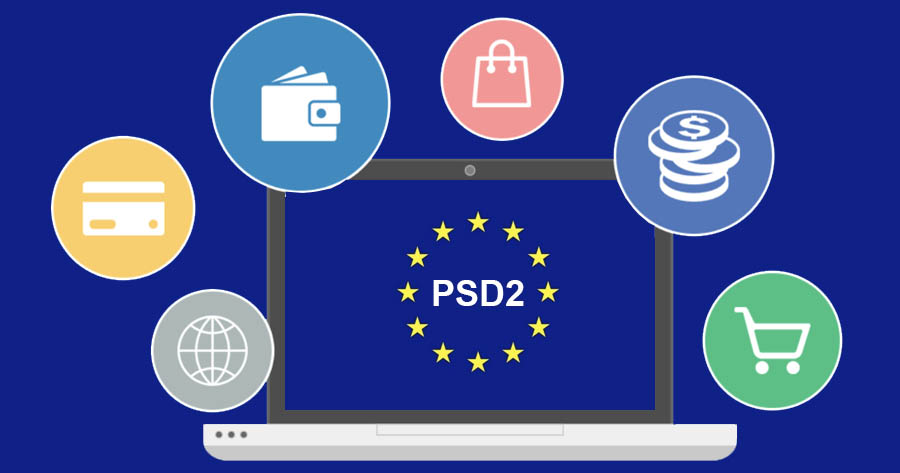PSD2 regulation: How will it affect E-Commerce?
- How will the European PSD2 regulation affect online businesses?
- What is the PSD2 regulation?
- When will the PSD2 regulation take effect?
- Will the PSD2 affect buying and selling?
- The PSD2 takes users' side
- How will PSD2 affect online business owners?
- Does PSD2 have any advantages for online stores?
- Who wins and who loses with PSD2?
- How will online payments be from now on?
- Goodbye to coordinate cards, see you later to debit and credit cards
- Read Comments


Make a question or comment